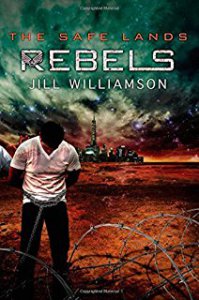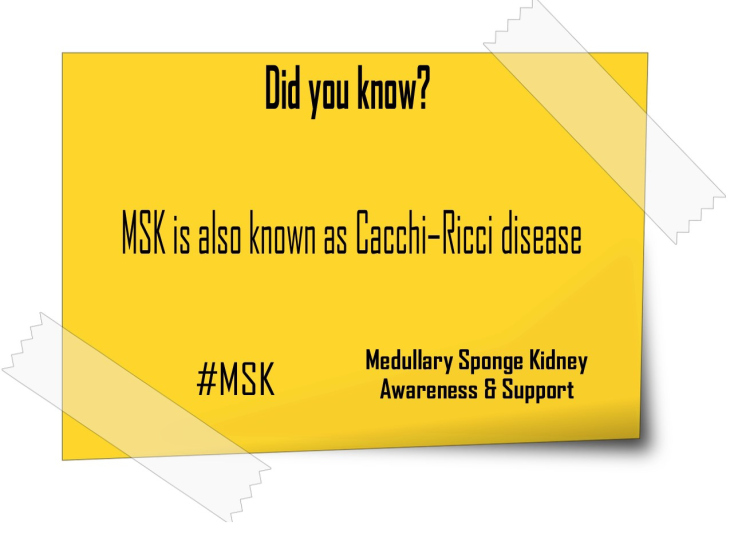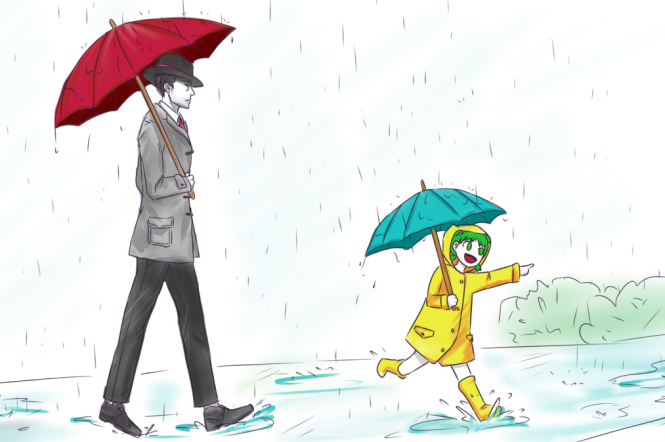 ‘Dystopian’ is a popular subgenre these days particularly in older children’s fiction (YA/Young Adult.) But a lot of people don’t quite understand what the word ‘dystopian’ means— even people who are thinking of writing dystopian fiction!
‘Dystopian’ is a popular subgenre these days particularly in older children’s fiction (YA/Young Adult.) But a lot of people don’t quite understand what the word ‘dystopian’ means— even people who are thinking of writing dystopian fiction!
‘Dystopia’ comes from the word ‘Utopia’— a word coined by Thomas More (1478-1535), and the title of a book of his. The book was a philosphical account of an imaginary kingdom and its ideal government. ‘Utopia’ means ‘Noplace.’ Thomas More may have been interested in government because his good friend Henry was a king of England. Unfortunately for More, it was Henry VIII, and when the king broke with the Church in order to get rid of his first wife, he insisted his subjects sign an oath which assented to Henry’s rejecting the Church. Thomas More was a faithful Catholic and could not do that, and so on July 6th, 1535, he was beheaded. It never would have happened that way in Utopia. Thomas More was canonized a saint and his feast day is July 9th. He is considered a martyr who died in defense of marriage and so is a saint for our own times.
‘Dystopia’ replaces the ‘U’ of ‘Utopia’ with a syllable which means ‘painful’, so instead of ‘noplace’ it means ‘painful place.’ A ‘dystopia’ is normally more painful for some people than for others. Think of the real-world examples of Stalinist Russia and National Socialist Germany. If you were a faithful member of the ruling party, even a lower ranking one, life might not be that bad at least as far as the government was concerned. But if you were part of a group the government targeted, life could be hellish.
In ‘The Hunger Games’ you can see how Panem was a ‘dystopia’ for Katniss. She lives in an impoverished district and has to break the law to keep her mother and sister fed. Both she and her sister are eligible to be selected for the Hunger Games, a fight to the death between 24 contestants. But for residents of the Capitol, like Caesar Flickerman, an entertainment celebrity, Panem isn’t a bad place. It’s a place where he can live in comfort and luxury.
In The Safe Lands series by Jill Williamson, the Christian villagers from Glenrock are kidnapped by the infertile people of The Safe Lands so that the women can be made pregnant and have their babies taken away by the state. But the hedonistic young people that live in the Safe Lands have good lives— until they reach age forty and something that sounds like death is their fate. So The Safe Lands society is dystopian for the Glenrock villagers and for people approaching 40, but not so much for the younger people of the society.
When planning a dystopian story, you have to consider both who are victims of the dystopia and who are the people that benefit. There will likely be a third class of people who are at least getting by— the system is something they can live with and that is not targeting people like them.
Should every main character in a dystopian story be involved with overthrowing the government? It’s probably not such a good idea. The teenage kids who read a dystopian YA story will soon be in colleges where they will be taught that they must have an absolute meltdown when someone from the ‘wrong’ political party gets elected. We don’t want to encourage the idea that rioting in the streets is a good idea.
An alternative plot to the start-a-Civil-War approach is the escape story. The Dystopia is bad, but there is a place where the dystopian conditions don’t apply. Your character can be struggling to get to such a place.
Your character can also be involved in a non-violent underground or subculture, like the Christian subculture in the Communist countries both in the past and in China today. Such an underground may be aimed at allowing people to practice a forbidden faith or pass on a forbidden minority culture or language.
A final thought about dystopian fiction: the temptation may be to make the dystopian leaders similar to the leaders of your least favorite political party or faction and the heroes of your own political party or faction. This is not a good idea. Ideally your reader should have to stop and think when asked who are the Democrats and Republicans in the story.
Note: comments with swears and nastiness don’t get published on this blog, be civil.
Advertisements Share this:





